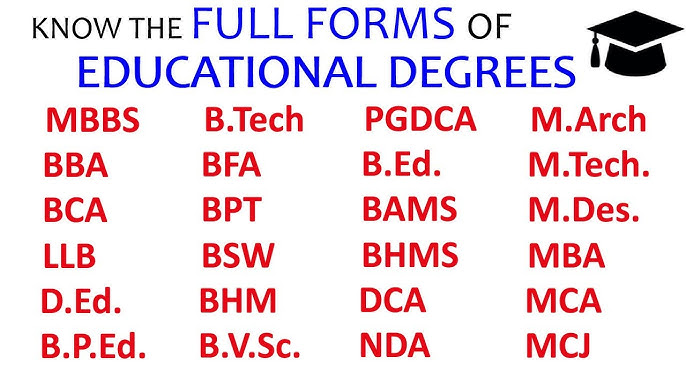K. Kannan, J.@mdashThe appeal is for enhancement for claim for compensation for death of a male, aged 55 years. He was an Assistant Manager in the Food Corporation of India-a Public Sector Corporation, drawing the income at Rs. 16,800/-. The accident took place by a collision of a taxi car in which the deceased was travelling, with the stationary truck. The stationary truck had already been involved in yet another accident earlier and it had been seized by the police. The Court found that the State through its police functionaries had not taken proper steps to keep the vehicle away from the motor-able section of the road and it had also failed to place barricades or reflectors for anyone using the road to know that there was a stationary vehicle. The driver of the taxi gave evidence to the effect that he dashed against the stationary vehicle only on account of the wrong parking of the vehicle (truck) under the control of the police. The Court did not accept this contention in full and held that the driver of the car himself had contributed to the accident equally and, therefore, while assessing the compensation, provided for 5 as multiplier, perhaps reckoning 3 years of remaining service he had, upto to the age of retirement and made a partial abatement of the claim upto 50% and awarded the compensation to be payable only by the State. In so holding, the Tribunal had exonerated the owner and the driver of the truck which had been stationed on the road. In the manner in which the accident had taken place and how the liability was restricted, the Tribunal had committed an error in understanding the petitioner to have himself contributed to the accident. The deceased was traveller in the taxi and the negligence of the driver of the taxi cannot be attributed as negligence of the deceased to suffer an abatement of claim. In this case, the Court found that the accident had been occasioned on account of the fact that the police had not fended off the prospect of collision with the stationary vehicle by keeping appropriate safety props like boulders or reflectors at the place where the truck had been stationed. As far as the claimants are concerned, it was a case of composite negligence of the driver of the taxi car and the negligence of the State attributed to the faulty parking of the vehicle. No part of the claim could have been allowed to abate. I, therefore, set aside the reasoning relating to the contributory negligence and I will find that in the absence of the driver and owner of the tax car being made as parties, avail to the petitioners the entire right of realization of the claim against the State.
2. The quantum of compensation as assessed is also a subject of challenge before this Court. The Tribunal was in error in providing for the contribution of income to the family only during the possible period of service, by applying a multiplier of 5. On the other hand, as a uniform scale of compensation to be granted in all motor accident cases, the Supreme Court in
3. Having regard to the fact that I have applied a multiplier of 11 for an accident that had taken place in 2004, I will provide for 75% of the amount to be released and 25% of the same shall be put in a fixed deposit for 3 years, equated in 3 portions, the first portion for a period of one year, second portion for a period of two years and the third portion for a period of three years. The amount shall be paid to the claimant on the respective date of maturity. The second petitioner who was minor at that time, must have termed a major now and the son''s share also shall be dealt with in the same way viz., 75% of the amount shall be directed to the released forthwith and the remaining 25% be dealt with in the same manner as referred to above. The award stands modified and the appeal is allowed to the above extent.

